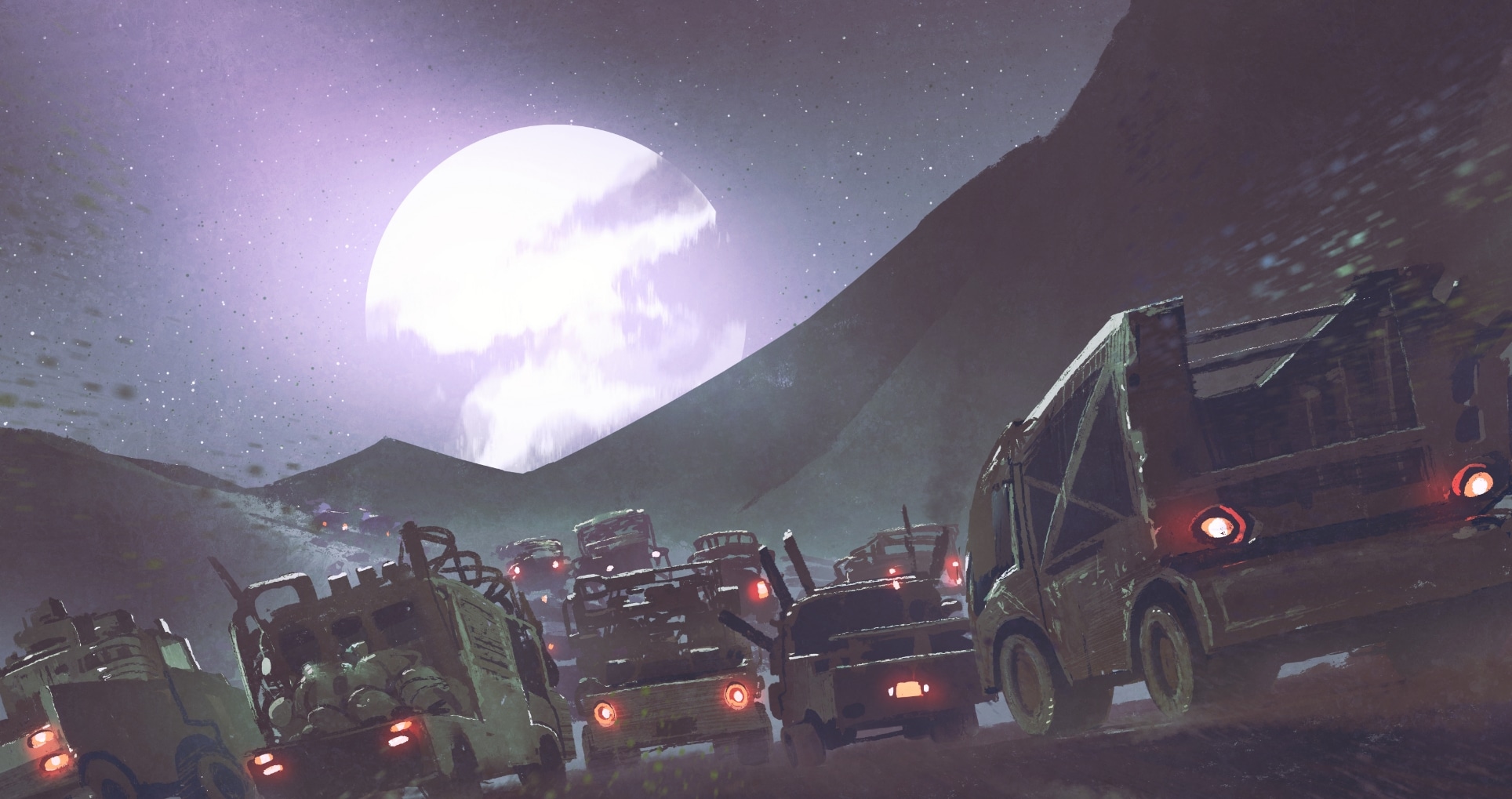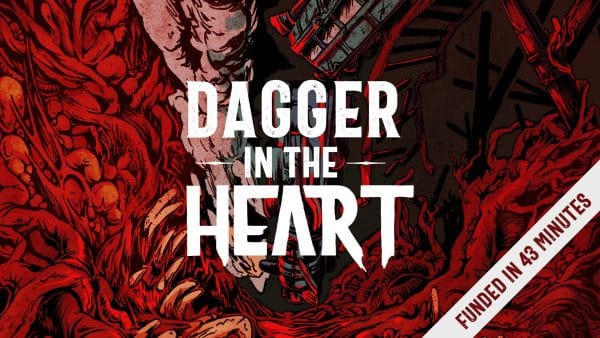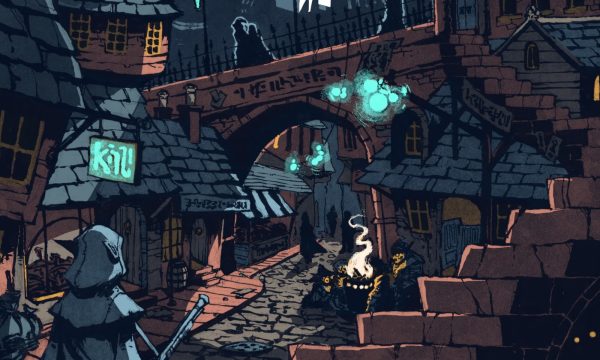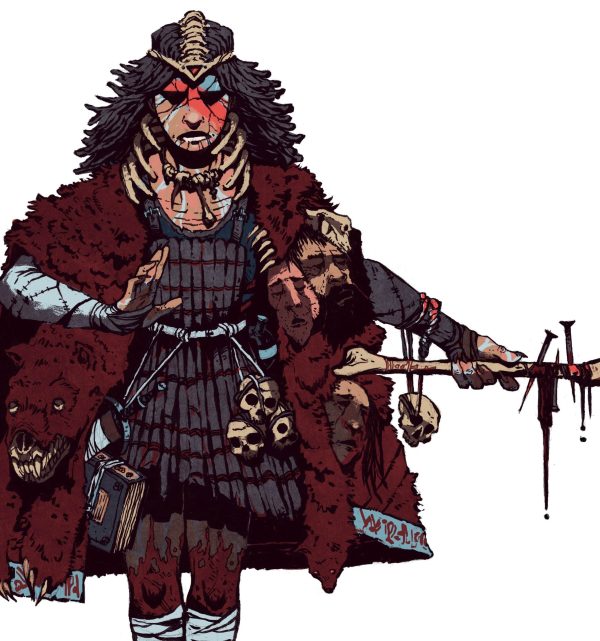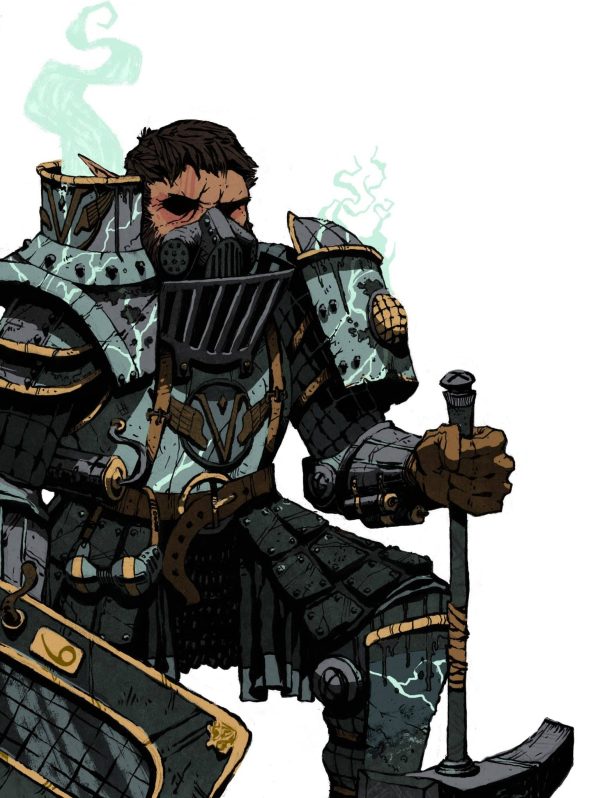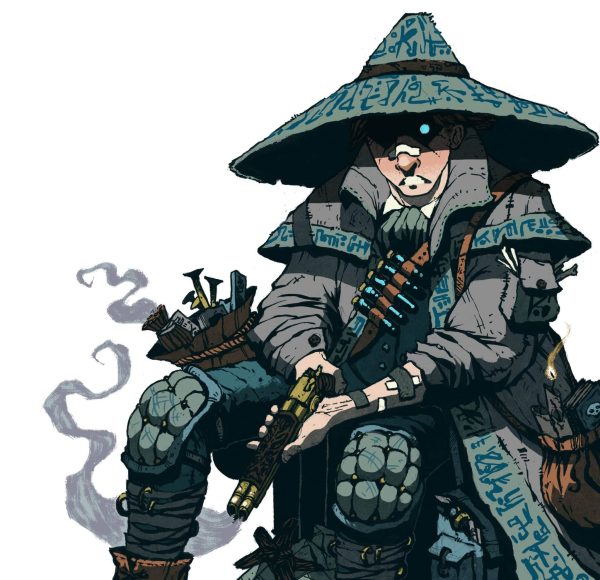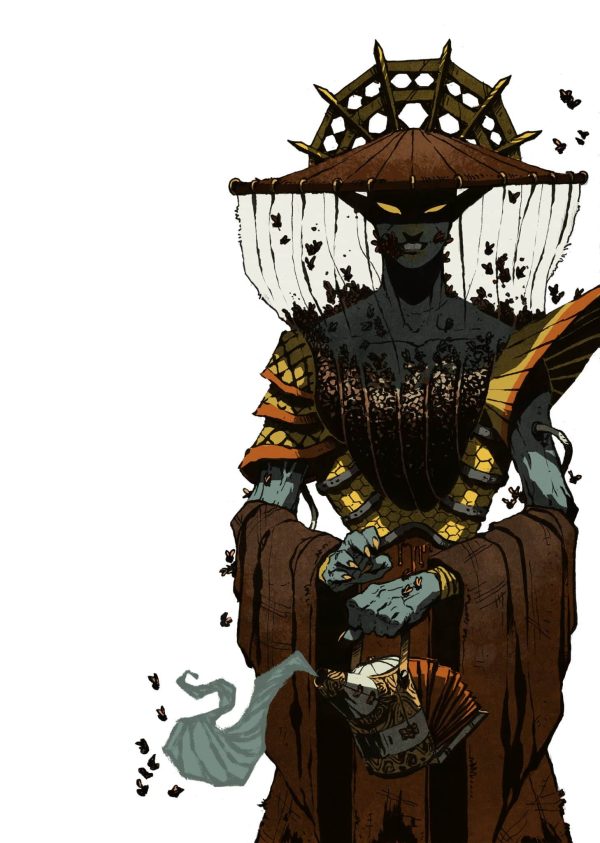Illustrating Dagger In The Heart
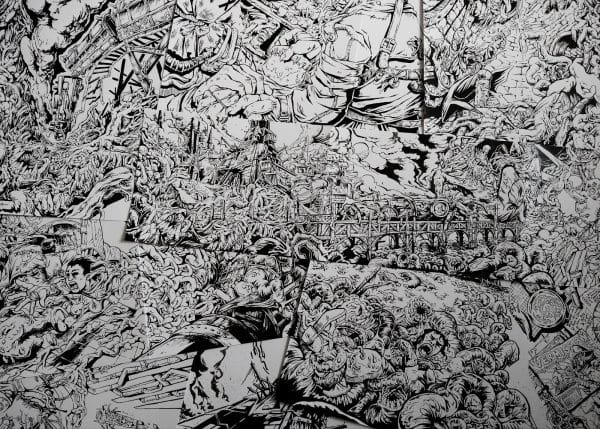
The Dagger In The Heart crowdfunding campaign is pulling into the station, with less than a week remaining, so we thought we’d take some time to sit down with Sar Cousins, the illustrator for this stunning new adventure for Heart: The City Beneath, to catch a glimpse into how they crafted their version of the […]
